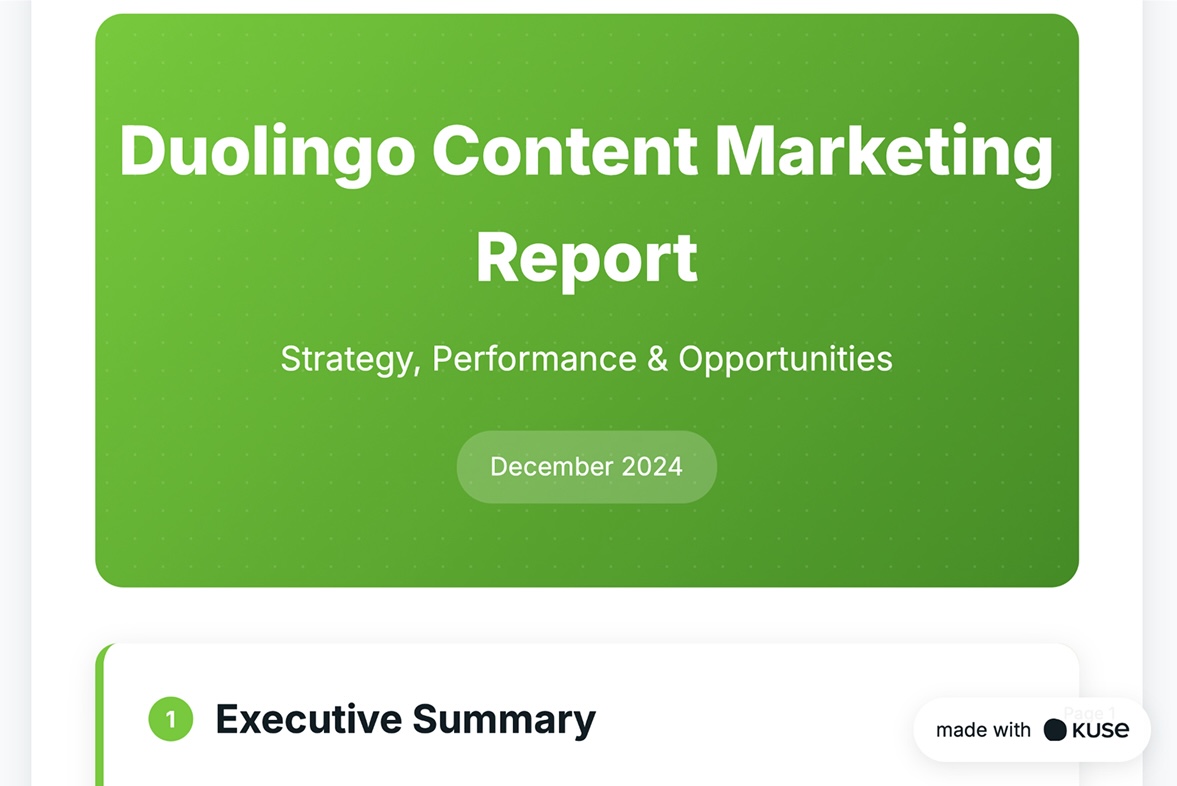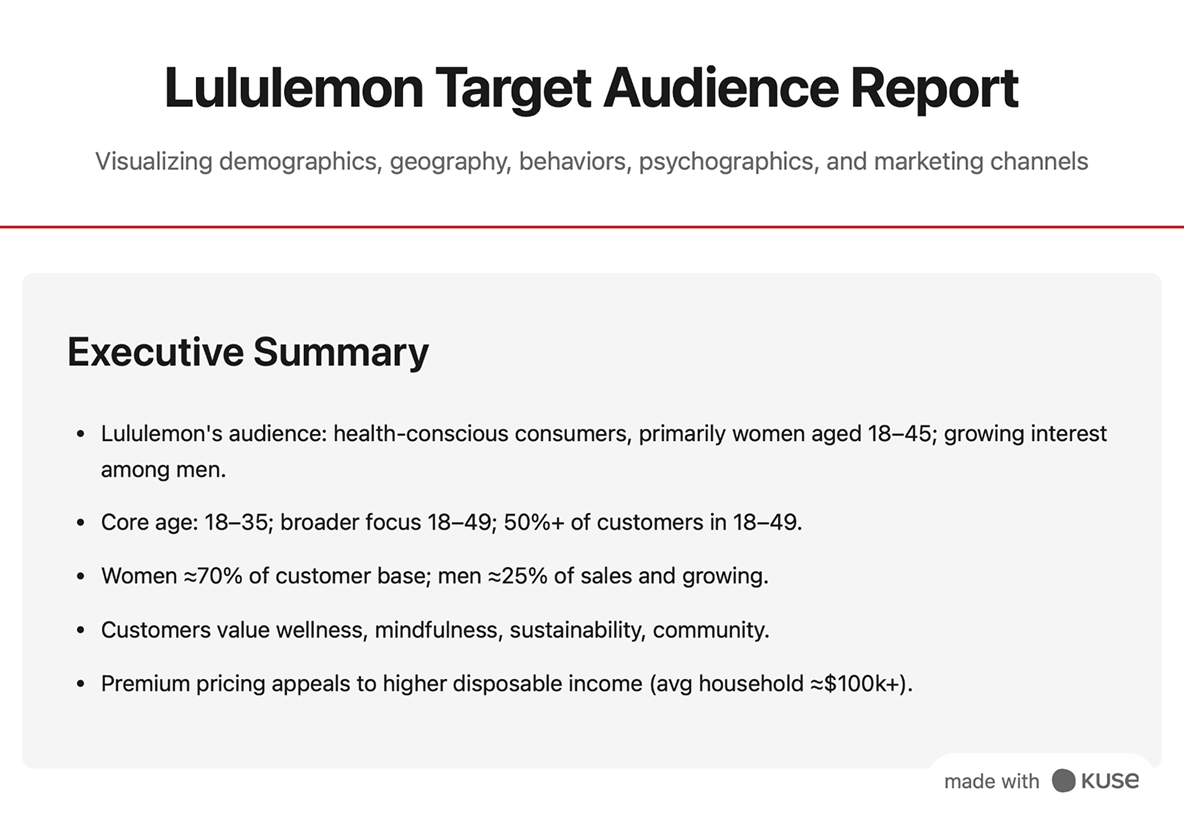12 Best Content Marketing Examples in 2025: Strategies, Lessons, and Ideas
Explore 12 top content marketing examples in 2025. See how Spotify, HubSpot, Canva, and others use storytelling, education, and personalization.

What Is Content Marketing?
Content marketing is a strategic approach where brands create and distribute valuable, relevant, and consistent content to attract and engage audiences. Unlike direct advertising, content marketing focuses on delivering value first - through education, entertainment, or inspiration - so audiences build trust before making a purchase decision.
Formats range from blogs, podcasts, and videos to newsletters, infographics, interactive tools, and UGC-driven campaigns.
Why Content Marketing Matters in 2025
In 2025, content marketing remains one of the most cost-effective and sustainable strategies because:
- Trust is the new currency: Customers reward brands that educate and inspire rather than push products.
- Organic visibility fuels ROI: Blogs, reports, and social campaigns build long-term search traffic and engagement.
- AI accelerates personalization: Data-driven storytelling helps tailor campaigns at scale.
- Customer retention matters more than ever: Content keeps existing users engaged and reduces churn.
Types of Content Marketing Strategies
1. Brand Storytelling
This type uses emotional narratives to connect audiences to brand values. Instead of focusing on features, storytelling emphasizes identity, mission, and lifestyle. Red Bull, for instance, built its brand not by advertising energy drinks but by telling stories about extreme sports.
2. Educational Content Hubs
Educational hubs - blogs, academies, resource libraries - position a brand as a teacher and trusted advisor. They help audiences solve real problems and become a go-to source of authority. This strategy is especially powerful in B2B, where trust drives long sales cycles.
3. User-Generated Content (UGC) and Social Virality
UGC leverages the voice of the community. When customers create memes, designs, or testimonials, it provides social proof and extends reach far beyond paid media. TikTok-native brands thrive on this dynamic.
4. Personalized Campaigns
Personalization turns data into shareable stories. By reflecting user behavior back to them in engaging ways (as Spotify Wrapped does), brands create one-to-one moments that scale into viral, one-to-many campaigns.
5. Thought Leadership and Research
By producing data reports, case studies, and whitepapers, brands become trusted experts. This strategy is especially critical for SaaS and B2B companies where credibility is the main differentiator.
12 Inspiring Content Marketing Examples (2025)
Brand Storytelling
1. UNIQLO
UNIQLO’s content strategy combines fashion + technology storytelling. Campaigns like HEATTECH don’t just show clothes, they narrate how innovation improves everyday life. Through interactive microsites, short-form videos, and lifestyle photography, UNIQLO makes technical fabric feel aspirational.
2. Slack
Slack built brand equity by telling customer-driven stories. Campaigns like “So Yeah, We Tried Slack…” and video series of real workplace transformations demonstrate how the tool changes team communication. Instead of focusing on features, Slack positions itself as a cultural shift in how work gets done.
3. Lyft
Lyft produces content rooted in human experience. From blog posts highlighting drivers’ stories to campaigns like “It Matters How You Get There,” Lyft’s content reflects empathy and inclusivity. Their videos often focus on everyday riders, creating relatability while reinforcing Lyft’s community-driven mission.
Educational Content Hubs
A pioneer in inbound marketing, HubSpot turned content into its primary growth engine. Its blog, HubSpot Academy, and free templates attract millions of visits per month. By consistently producing guides, playbooks, and research, HubSpot educates audiences at every funnel stage—turning content readers into CRM buyers.
5. LinkedIn
LinkedIn leverages LinkedIn Learning and thought-leadership articles. Career reports like the “Jobs on the Rise” series, plus professional insights shared by executives, position LinkedIn as a career partner. Educational content supports the platform’s mission to “create economic opportunity for every member of the workforce.”
Notion creates how-to video series and template libraries. Tutorials show users how to build workflows, while template galleries encourage peer-to-peer sharing. This positions Notion as both a product and a learning ecosystem, ensuring that new users adopt deeper functionality faster.
User-Generated & Social Content
Duolingo is a masterclass in platform-native content. Their TikTok account transformed the green owl mascot into a cultural phenomenon. With humorous, self-aware skits and playful challenges, the brand encouraged fans to create their own memes—building UGC loops that drive viral visibility and user acquisition.
8. Canva
Canva thrives on community content. The brand encourages users to share their Canva-designed projects on social media, spotlighting them in case studies and newsletters. By blending product tutorials with real-world examples, Canva turns its audience into ambassadors.
Personalized Campaigns
Spotify Wrapped remains one of the most iconic content marketing examples of all time. Each year, millions of users receive personalized summaries of their listening habits, optimized for social sharing. Wrapped shows how to turn data into storytelling—blending personalization, virality, and brand loyalty.
10. Mailchimp
Mailchimp uses segmentation-driven personalization in its email campaigns, tailoring messages to small business owners, marketers, or creatives. Beyond personalization, Mailchimp publishes case studies and a content hub that shows real businesses succeeding, reinforcing its position as a growth enabler.
Thought Leadership
11. Semrush
Semrush publishes original benchmark studies covering SEO, paid ads, and content performance. By analyzing billions of data points, they produce reports that marketers actively cite. These reports are not only educational but also a lead-generation engine, as readers often sign up to access gated insights.
12. Salesforce
Salesforce invests heavily in state-of-the-industry reports like the “State of Marketing” and “State of Sales.” These publications combine survey data, executive interviews, and actionable insights. By framing itself as the data-backed authority, Salesforce strengthens its enterprise credibility and pipeline.
Key Takeaways from These Examples
1. Storytelling humanizes brands. Lyft, Slack, and UNIQLO show how narratives create emotional connection.
2. Education drives inbound growth. HubSpot and Notion prove that teaching customers is the fastest way to earn trust.
3. UGC and social virality scale organically. Duolingo and Canva demonstrate how community amplifies brand voice.
4. Personalization makes content unforgettable. Spotify and Mailchimp show that when content feels “just for me,” it becomes viral.
5. Thought leadership equals authority. Semrush and Salesforce use research to position themselves as industry leaders.
FAQs
1. What is the 70-20-10 rule in content marketing?
It’s a model for content planning: 70% should be core content (blogs, guides, evergreen resources), 20% experimental (new formats or channels), and 10% high-risk, high-reward bets (big campaigns or viral stunts).
2. What is included in content marketing?
Content marketing includes blogs, social media posts, videos, podcasts, case studies, webinars, newsletters, reports, infographics, interactive tools, and user-generated campaigns.
3. What are the 4 C’s of content marketing?
Content: The material itself, focused on quality and relevance.
Context: Ensuring the right message reaches the right audience at the right time.
Consistency: Publishing regularly with a unified brand voice.
Conversion: Driving measurable actions like leads, sign-ups, or purchases.



